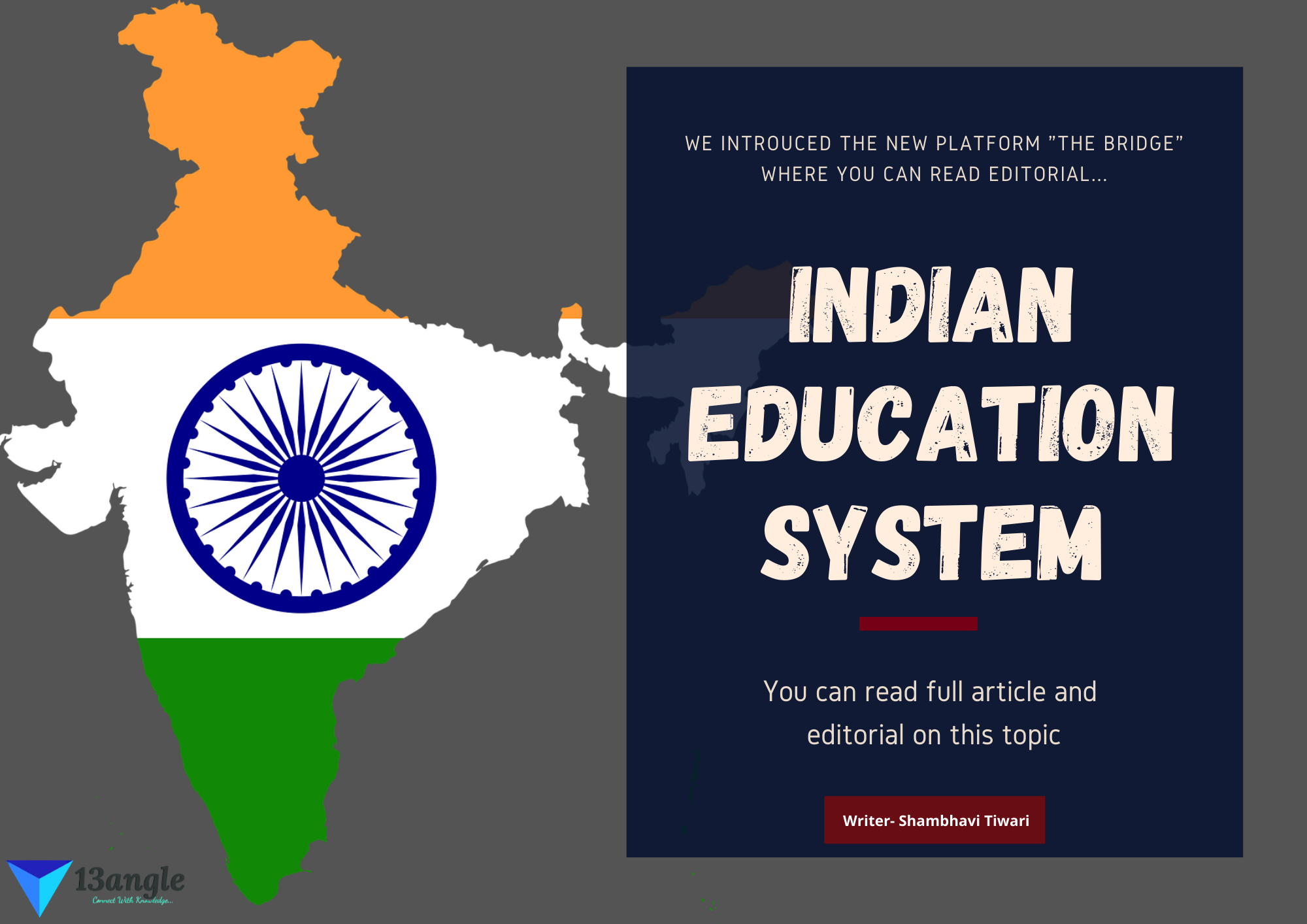- Umang Sagar
- Education, Recent article
Indian Education System
History Of Education In India
Indian education dates back to the Vedic age when students used to visit their Guru’s place, stay there in the ashramas, and get taught. This was known as the Gurukula System of education.
The Gurukula system had a lot more than just memorizing a few concepts. Gurus used to set specific and strict rules of conduct for all the students.
All the students, no matter rich or poor, were supposed to help in household activities, and do their work. They were taught to be disciplined in every aspect

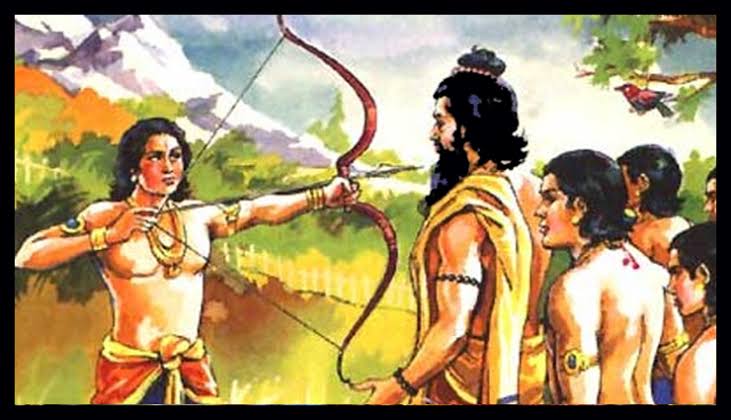
From Vedas to archery skills, from mathematics to medicine, religion, the Gurukula System included all, depending on what a student needs to learn based on his/her caste.
Brahmanas were taught about religion and scriptures, Kshatriyas learned warfare skills, Vaishyas used to study commerce, and since Shudras were the men of the working class, they learned the skills to carry out their work.
Gradually, with the advent of the Gupta Empire and the increase in population, urban institutions of Taxila and Nalanda came into the picture, as the institutes for higher education. People from China and Central Asia visited these universities for their education.
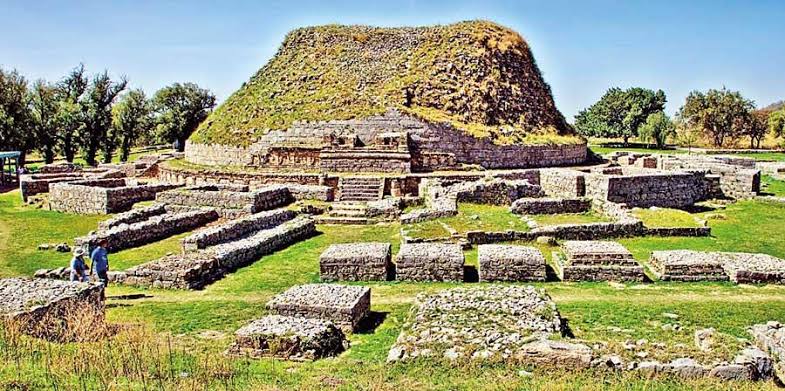
Along with traditional education that included the study of religion, other subjects such as grammar, medicine, metaphysics, philosophy, economics, arts and crafts, etc. were also taught in these universities.
Nalanda was a renowned Buddhist University which was situated in the ancient kingdom of Magadha, which is in present-day Bihar.
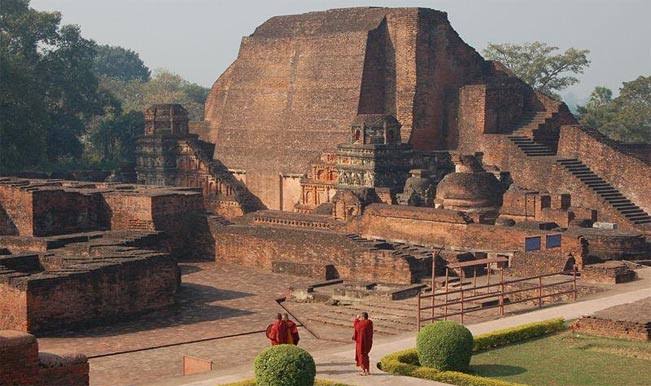
Nalanda was established around the 5th or 6th century as suggested by carbon dating, and after the arrival of Islam in India, it was abandoned by Bakhtiyar Khalji at the end of the 12th century.
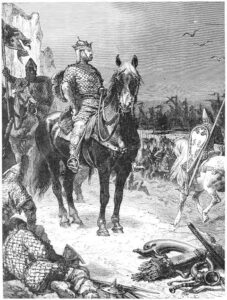
Education was influenced by Islam soon after their advent in India. Islamic monasteries were established and scholars such as Nizamuddin Auliya and Moinuddin Chishti became notable preachers of Islamic culture. Various madrassas were built to impart education in the fields of grammar, mathematics, law, etc.

- Education under the rule of Akbar introduced subjects like medicine and geography. Preaching the texts and scriptures from other religions was also promoted by Akbar.
In the 19th century, when India came under Company rule, “modern education” was introduced. While some followed the public school curriculum with English as the primary language, few other institutes followed the curriculum to educate with vernacular languages like Sanskrit, Arabic, and Persian.
Company officers like Thomas Macaulay believed that the traditional methods of education had nothing to impart in name of new skills. He introduced Macaulayism, where the emphasis was laid on imparting English education so that the Company could recruit men to serve its purpose.
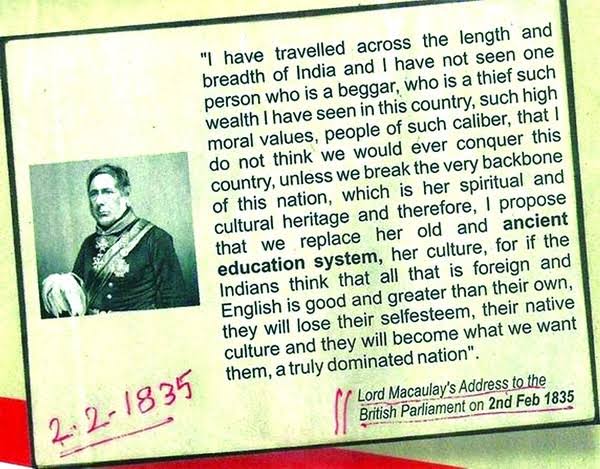
A huge number of missionary schools were established in India in the early 19th century to strengthen the base of English education in the country.
Macaulay successfully replaced Indian languages with English, through the English Education Act of 1835.
Beginning from the establishment of 4 universities and 67 colleges in 1882 (late 19th century), there were 14 universities and 167 colleges in 1922, and 21 universities and 496 colleges in 1947 (mid 20th century).
The development of higher educational institutes such as IITs took place in the mid 20th century, to promote technical education.
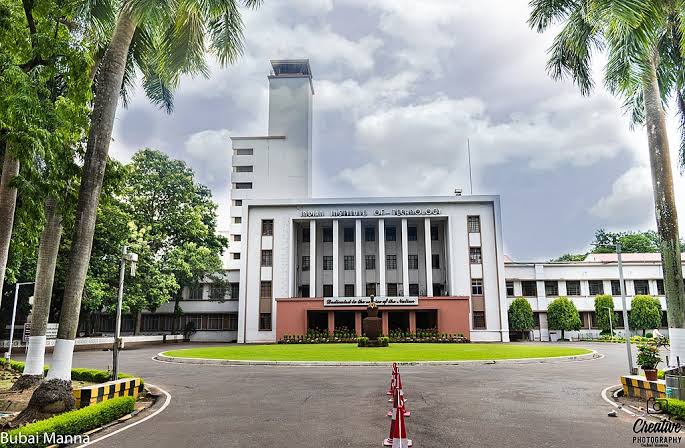
Education System In India
National Council for Educational Research and Training (NCERT) prepares a national curriculum framework and plays an important role in developing programs and policies. Similarly, each state has a SCERT which stands for State Council for Educational Research and Council.

- NCERT forms the guidelines that are generally followed by SCERT. However, states are given the freedom to make education-related decisions and execute them.
Indian School System has three main educational streams. Two of them are at the national level, first the Central Board of Secondary Education (CBSE), and the second stream is ICSE which stands for Indian Certificate of Secondary Education. The third one runs at the state level.
Each state in the country has its own Department for Education where they run their school, with different textbooks and exam evaluation schemes, guided by SCERT.

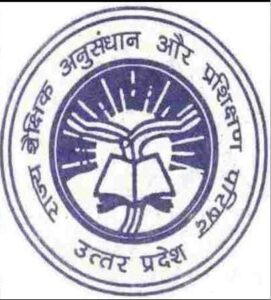
- CBSE was initially established for the children of government employees who get transferred after a fixed interval, and so are supposed to move to any other place in the country.
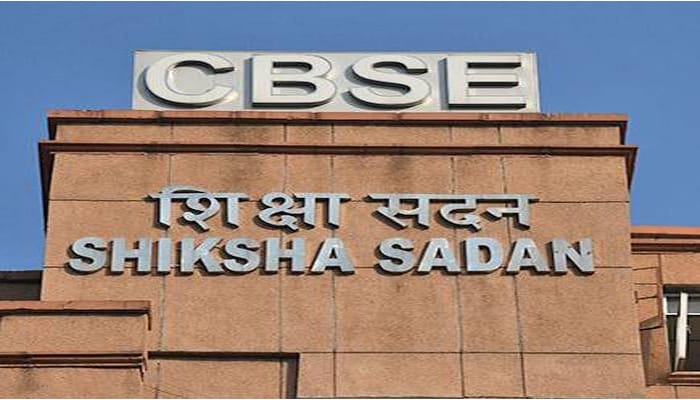
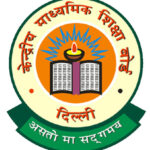
- CBSE led the development of Central Schools or Kendriya Vidyalayas, all over the country. These schools follow a common curriculum, so this is quite advantageous for the transferred students.
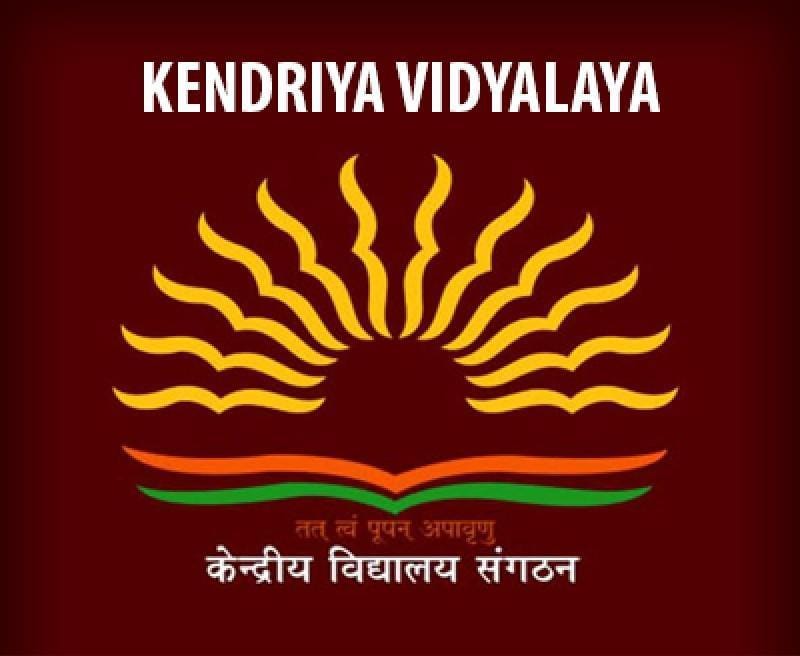
- There are many private schools as well, which follow the CBSE curriculum. Altogether there are around 21,000 schools all over the country that follow the CBSE curriculum.
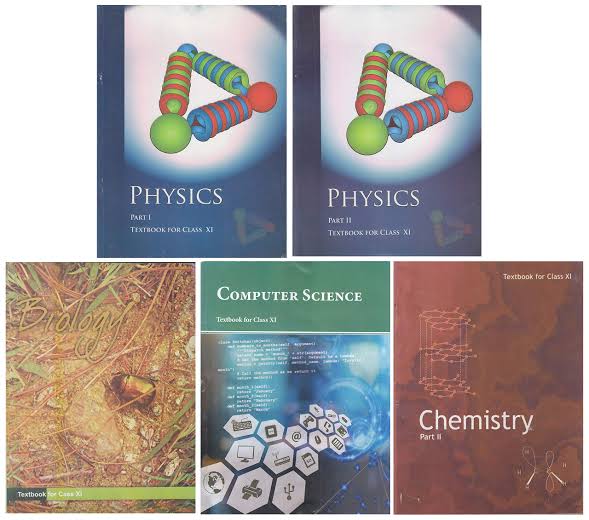
- Private schools with the CBSE curriculum may or may not follow the NCERT textbooks and syllabus. They can follow a different syllabus.

Another educational stream, ICSE, was established in November 1958, as a means to conduct public examinations. The initial idea of replacing the Cambridge School Certificate with ICSE was brought forward in 1952 in a conference under the Education Minister, Maulana Abul Kalam Azad.
- Today there are around 2,700 ICSE affiliated schools in the country. They are all private schools, and so they may follow any syllabus in lower classes and a common set of courses for higher classes according to the guidelines of ICSE.
National Policy On Education
- National Policy on Education (NPE) was developed by the Government of India for the regulation of education and related fields in India, which included everything from elementary to higher education
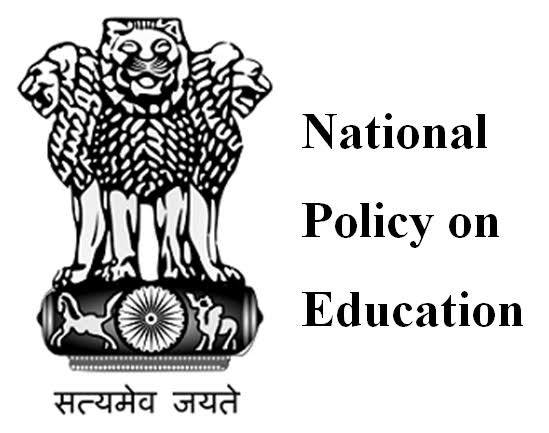
- NPE has been revised several times after its initiation in 1968 by the government of our former Prime Minister Indira Gandhi.
The Policy of 1968 :
NPE of 1968 aimed towards achieving national unity and integrity with the help of cultural development.
- One of the most important points in the policy was the implementation of the “three-language formula”. First among them was the English Language as the official language, based on what school curriculum followed.
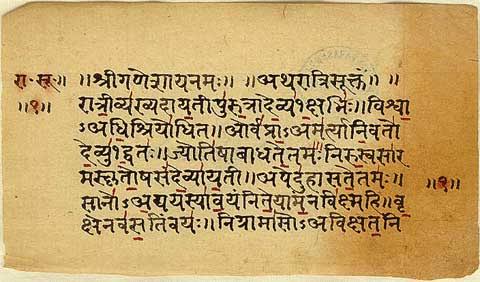
The second one was the Hindi Language since it was the common language and so the means of communication among the masses. The third was the Sanskrit language as it was an essential part of the Indian culture.
The most basic principle of NPE of 1968 was to adopt a suitable means to fulfill the Directive Principle under Article 45 of the constitution, which states the provision of free and compulsory education for all children up to the age of 14 years.
The education of teachers was given due importance under this policy.
NPE of 1968 promoted the identification of talent, Science research, and education in Agriculture and Industry.
The provision of improvised quality of books was also an important principle.
Much emphasis was given on Secondary Education, University education, and Part-time Education or Correspondence courses, to meet various concerned requirements.
The most notable development of the policy was none other than the introduction of the 10+2+3 system as a common structure of education all over the country and its acceptance by most of the states.
With the introduction of all these principles, the policy marked a significant step in the history of education in India after independence.
The Policy of 1986 :
A New Policy on Education was adopted in 1986 by the Government of Rajiv Gandhi, to ensure qualitative development of Education, and enhancement of literacy.
The policy aimed towards removing stagnation in education, modernizing the curriculum of education, and improving the Examination System.
The first and foremost principle of NPE of 1986 was understanding the essence and role of Education. It is believed that education is essential for the all-around development of an individual.
Education helps in providing the independence of mind and spirit that can further help an individual to understand and achieve the goals of socialism, secularism, and democracy, as given under the Constitution.
A huge emphasis was laid on “Education for Equality” under the NPE of 1986. It aims at removing disparities and equalizing the provision of education for those who have been deprived so far.
According to the policy, education can be used as a means to bring a change in the status of women in society. Education can be thought of as playing a positive role in women’s empowerment.
A lot of stress was given to removing women’s illiteracy, and this was supposed to be done with the help of special support services and effective monitoring.
The thought of women’s involvement in technical and vocational education was also highly promoted.
Education of Scheduled Castes was another concern under this policy. Various measures were taken to ensure this.
- Recruitment of teachers from SC.
- Provision of incentives to the families so that they can send their ward to school till they attain the age of 14 years.
- Provision of hostels to SC students in district headquarters.
- SCs were provided with substantial educational facilities, with the help of NREP and RLEGP resources.
- Measures to increase the involvement of SCs in the education process.
- Measures were also taken to promote the education of Scheduled Tribes. Here again, various steps were taken under NREP, RLEGP, and Tribal Welfare Schemes.
- Educated STs were trained and encouraged to teach in tribal areas. Residential schools were established on a large scale.
- Incentive schemes like providing scholarships in various technical, and professional courses for the STs were introduced.
- Provision of opening Anganwadis, non-formal, and adult education centers in tribal areas.
- Recognition of talent of STs was also promoted.
- The policy even promoted educational opportunities for mentally or physically disabled people, to integrate them with the general community, and to enable them to face life with confidence.
- Special hostels were provided to handicapped students in distinct headquarters.
- Vocational training was meant to be organized for the disabled ones so that they can become more confident.
Teachers were trained specially to deal with the difficulties of handicapped students.
Under the NPE of 1986, different stages of education were reorganized. First among them was Early Childhood Care and Education, where the nutritional, social, mental, and physical development of a child was supposed to be taken care of.
The second stage was Elementary Education, which was essential and mandatory for children up to the age of 14 years.
The next stages were Secondary Education and Higher Education. Reforms were made to ensure the efficient working of the pre-existing principles related to them.
Other than this, emphasis was laid on the vocationalisation of education.
- Provision of starting vocational courses from the +2 stage.
- Introduction of health-related vocational courses for healthcare management.
- Provision of vocational courses based on agriculture, marketing services, etc.
- Importance was given to the topic of self-employment.
- Provision of justice to deprived classes, women, handicapped, etc. by establishing various vocational institutions.
- Provision of a time-tested management system to ensure the efficient and effective running of this vocational program.
- Conclusively, NPE of 1986 focussed on promoting cultural content, value education, good reading habits with improvised libraries, a consciousness of the environment, Science research, sports, and physical education, etc.
The Policy of 1992 :
P.V Narasimha Rao government modified the NPE of 1986 in 1992, by including the Program of Action (PoA).
PoA was introduced for the conduction of a common entrance exam all over India for admission in professional and technical programs.
After this, in 2001, the Indian Government laid down a Three-Exam Scheme, for admission in technical programs, where JEE and AIEEE were supposed to be held for admission in national level institutes, and State Level Engineering Entrance Exam (SLEEE) for the state level institutes.
This inclusion helped maintain the same professional standards for all, and it even helped in reducing mental and financial stress on students and parents, caused due to the conduction of multiple entrance exams.
National Policy on Education 2020
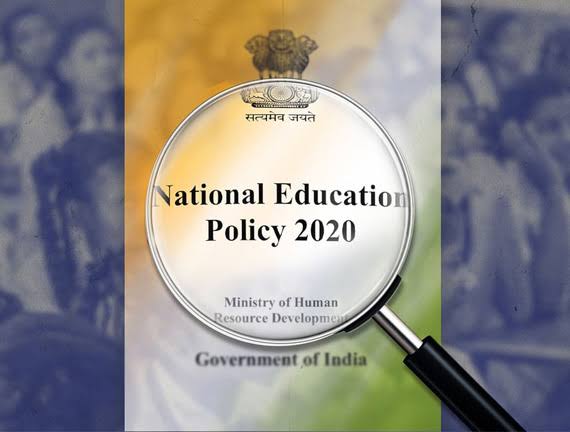
A 34-year-old policy framed in 1986, was recently replaced in 2020 by the Ministry of Education.
NPE of 1986 aimed towards providing equal opportunities to all sections of society. Whereas, NPE of 2020 focused on boosting the capacity of an individual and guiding him/her to gain excellence in the field of their own choice.
The next difference lies in their understanding of the aim of education. NPE of 1986 aimed at the development of international cooperation, and peaceful co-existence by being social, secular, and democratic.
The new policy, on the other hand, focuses more on development by encouraging knowledgeable and skillful individuals. It aimed at achieving full human potential.
The main aim of NPE of 2020 is the universalization of education, from pre-primary to secondary level, so that the Gross Enrolment Ratio (GER) should be 100% by 2030.
The policy states to update the school curriculum to a 5+3+3+4 design, which includes a ‘Foundational Stage’ (five years), a ‘Preparatory Stage’ (three years), a ‘Middle Stage’ (three years), and the ‘High Stage’ (four years). This is required so that schools can efficiently cater to the needs and interests of learners at different levels.
The medium of expression shall be students’ mother tongue, or the regional language, at least till 5th grade. Students should not be imposed with any language.
The policy states the recruitment of teachers through a transparent and robust process. However, teachers will be promoted based on merit.
The policy of 2020 states that at least 50% of students shall have exposure to vocational education, through school and higher education, by 2025.
NPE of 2020 aims to achieve “universal foundational literacy and numeracy” in primary schools by 2025 and for this Ministry of Education is required to lead a National Mission on Foundational Literacy and Numeracy.
The Union Cabinet chaired by Prime Minister Narendra Modi approved the National Education Policy 2020 on 29th July 2020, to pave the way for transformational reforms in school and higher education systems in the country.
13 Facts About New Education Policy
NPE of 2020 mentions that ‘high performing’ universities in India should be encouraged to set up their branches in other countries as well.
NPE of 2020 aims to facilitate “merit-based but equitable” peer-received research funding, by the establishment of a National Research Foundation.
The policy aims at achieving 100% youth and adult literacy by 2030.
The policy seeks to update the school curriculum by promoting Indian Sign Language throughout India.
The policy requires the higher educational institutes (HEIs) to aim to become multidisciplinary by 2040.
Gross Enrolment Ratio (GER) in higher education is required to be raised to 50% by 2035, by addition of 3.5 crores seats.
The policy leads to the discontinuation of M.Phil. programs.
Academic Bank of Credits is supposed to be established to facilitate the Transfer of Credits.
New policy promotes multilingualism in both schools and higher education.
For enhancement of learning, assessment, and planning, through the use of technology, the creation of the National Education Technology Forum (NETF) will be done to exchange ideas.
NPE of 2020 emphasizes setting up of Gender Inclusion Fund, Special Education Zones for disadvantaged regions and groups.
Public and private schools across the country are also required to follow the same criteria and processes.
The center and the states will strive to increase the public investment in the Education sector to reach 6% of GDP as soon as possible.



